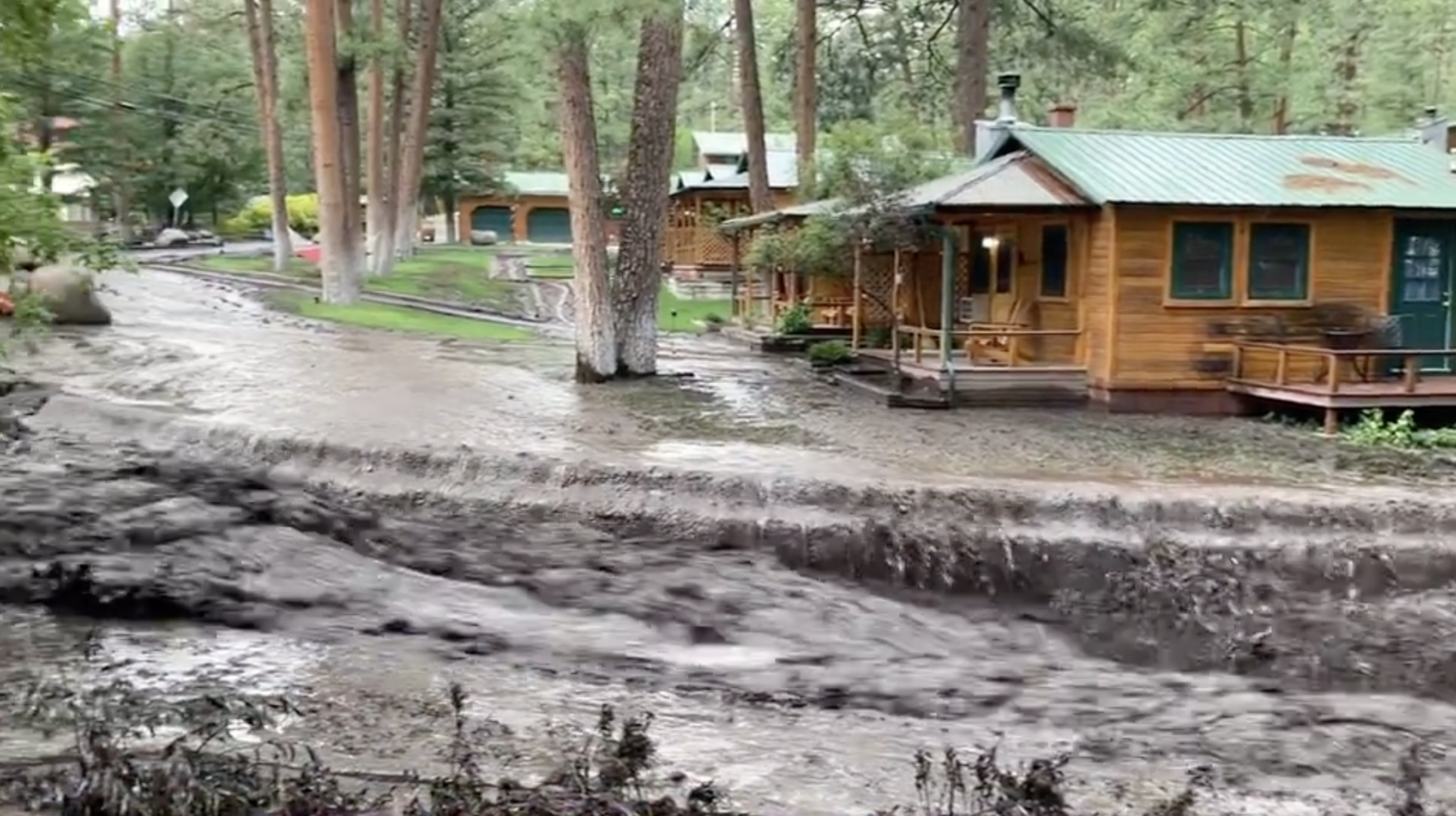Understanding Ruidoso Flooding
New Mexico is experiencing an urgent and devastating challenge as communities like Ruidoso grapple with the aftermath of severe flooding. In a state already prone to extreme weather conditions, the recent flooding events have highlighted the vulnerabilities of our infrastructure and the pressing need for effective disaster management strategies. This blog post dives into the Ruidoso flooding crisis, the efforts being made by local officials, and the long-term implications for residents and businesses alike.
The Context of Ruidoso Flooding
Flooding in Ruidoso and neighboring areas has been particularly exacerbated by post-fire runoff, a phenomenon that has increasingly troubled communities following wildfire events. After the recent fires, the landscape is stripped of vegetation, which typically absorbs rainfall, leading to an increased risk of flooding. As cited in Source NM, local Ruidoso and Mescalero officials have raised alarms, seeking state assistance to mitigate the challenges posed by relentless rainfalls leading to dangerous flood conditions.
Current Situation and Immediate Response
As of now, Ruidoso is in a state of emergency, with officials assessing damage and deploying resources for recovery. The town is located in a region that has recently suffered from significant wildfires, leading to heightened concerns over sedimentation and mudslides following rainstorms. Local leaders are mobilizing, advocating for immediate state aid and exploring resources to bolster community resilience. They emphasize the urgency of state intervention as heavy rains continue to threaten lives and properties.
Long-term Strategies for Mitigating Flood Risk
Effective flood response goes beyond immediate aid; it requires a multifaceted approach. Here are several strategies being discussed and implemented by local officials:
1. Infrastructure Upgrades
One of the most critical steps is upgrading the current stormwater management systems. This includes reinforcing drainage systems to handle increased water flow and reducing clogging from debris, soil, and ash.
2. Reforestation and Vegetative Recovery
Rebuilding the natural landscape through reforestation projects can play a significant role in flood mitigation. Trees and vegetation help absorb rainfall, which can mitigate post-fire runoff and erosion.
3. Community Education and Preparedness
Raising awareness among residents about flood risks and preparing them for emergency situations is paramount. Community workshops and information sessions can equip citizens with knowledge about flood prevention and response.
4. Government and NGO Collaboration
Collaboration between government entities and Non-Governmental Organizations (NGOs) can be instrumental in garnering resources and expertise to implement effective solutions. Engaging with environmental scientists and urban planners can lead to more innovative, sustainable approaches to flood management.
The Economic Impact of Flooding on Local Businesses
The consequences of flooding extend far beyond the immediate dangers to life and property. Businesses in Ruidoso face substantial disruptions that threaten their viability. Tourism, a critical sector for Ruidoso, can plummet in the aftermath of such disasters. Travelers may hesitate to visit areas known for flooding, impacting local economies.
Supporting Local Enterprises
As businesses begin to assess and recover from flood damage, support from both local and state government can facilitate recovery. Business recovery programs, financial grants, and loans, coupled with community support initiatives, can help restore economic stability.
Conclusion: Moving Forward Together
The Ruidoso flooding crisis serves as a reminder of the complex challenges that climate change and natural disasters present to communities across the United States. It highlights the importance of proactive and comprehensive flood management strategies. For Ruidoso and its residents, collaboration will be the key to navigating the recovery process and increasing resilience against future flooding events. Local leaders are calling for immediate action and long-term planning to ensure that Ruidoso can not only recover but emerge stronger in the face of adversity.
As we reflect on these developments, it is crucial for business leaders and community members to work together, leveraging resources and expertise to adapt to changing conditions. By fostering a culture of collaboration, Ruidoso can enhance its resilience and ensure a safer future for all its residents.








